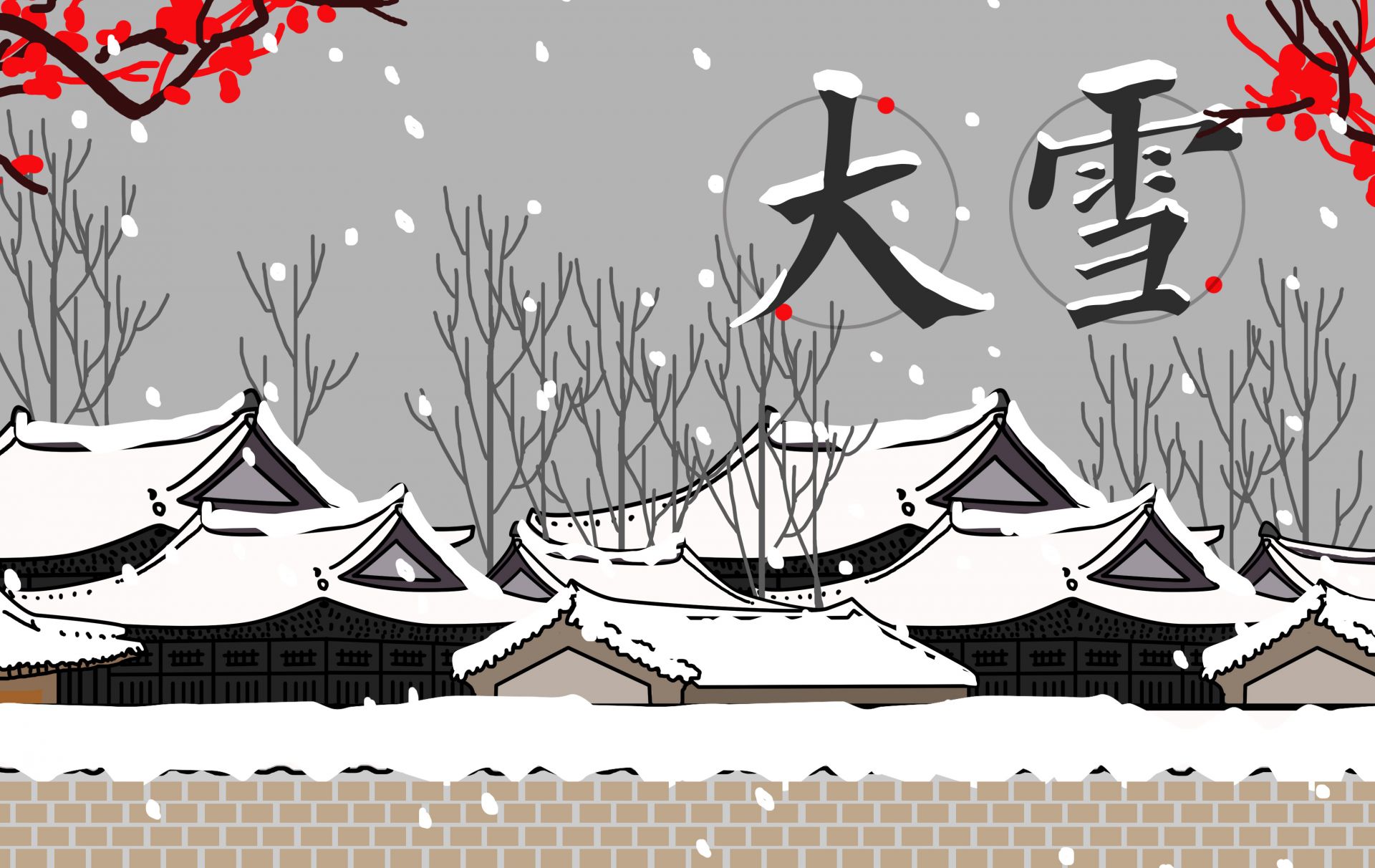No matter four seasons and 24 solar terms (Jié Qi) of a year, or 24 hours of a day, they all have their own rules in transition.
The cycles of time and space and their relationship to human life and human well-being are very important in Chinese philosophy and medicine. These cycles were recorded and described based on both empirical observations passed down through the generations and conceptual frameworks that were a part of the worldview of the political, literary and religious elites in early China.
The ancient Chinese divided the year into 24 segments on the basis of the sun’s position in the ecliptic (the earth's orbit around the sun) and the corresponding seasonal changes caused by the sun. Each segment is about half a month long and we can further divide this into two periods or turning points every month. The point at the beginning is called the “major solar term” (Jie Qi), and the one in the middle of a month is called the“minor solar term” (Zhong Qi). The 12 major and 12 minor solar terms of a year have formed the “24 Jié Qi” (24 solar terms). This has been used in China for thousands of years.

Of the 24 solar terms, Vernal Equinox (Chūn Fēn), Summer Solstice (Xià Zhì), Autumnal Equinox (Qiū Fēn) and Winter Solstice (Dōng Zhì) are the most important. Among them, the summer and winter solstices are considered to be the most significant shifts in the waxing and waning of yin and yang. At the winter solstice, the shortest day of the year, yin qi has reached its peak. After that point, it begins to decline and yang qi begins to grow. The days slowly start to become longer while the nighttime grows shorter and shorter. When we reach summer solstice, we find just the opposite.
In The Yellow Emperor's Inner Classic (Huáng Dì Nèi Jīng), the classical Chinese medical work from the Han dynasty that records the foundational ideas of the medicine, we find detailed descriptions of the correlation between the human body and the changes of yin and yang in the natural environment and the cosmos. For instance, it states that "Changes of yin and yang and the four seasons are the root of all things in nature," and "The human body is closely related to the heaven and earth and corresponds to the movement of the sun and the moon." Therefore, in terms of health preservation, it asserts that people should follow the rules of nature such as the four seasons, diurnal changes, and movement of the moon.


